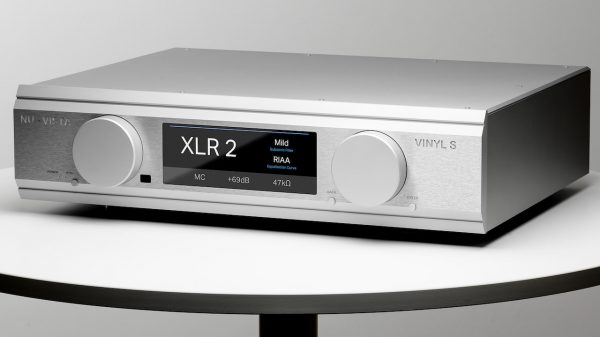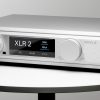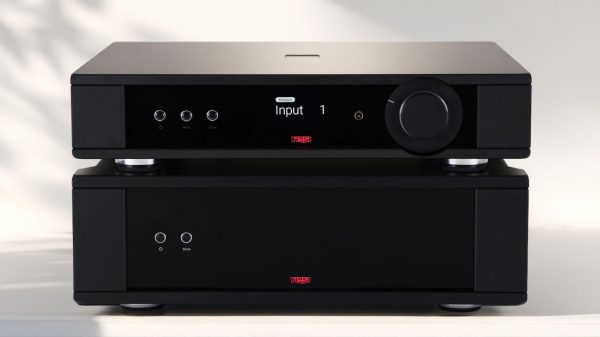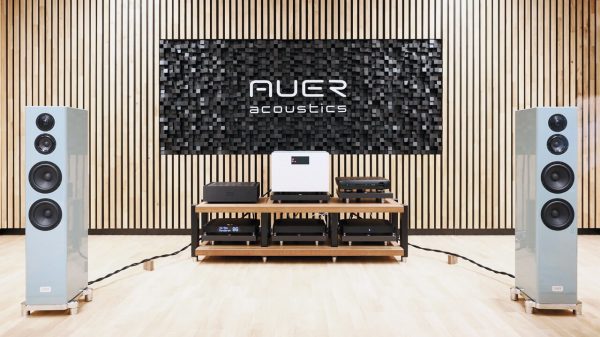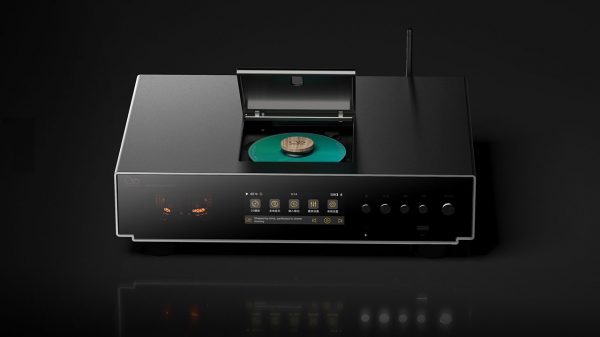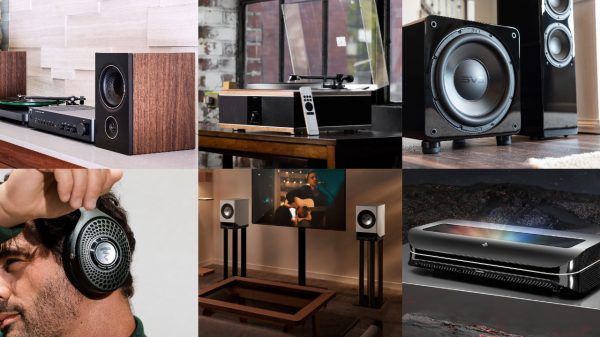If this particular segment of the computer age could be named, it might well be called “the age of multi-media.” We’ve long gone past the time of simple text files which might contain mostly text and perhaps a few low-resolution graphics; today it’s common for hard drives to be filled with sound, high-resolution graphics and photographs, and video. Not only are these files being saved, they are also being included as attachments to email and even being included in reports, documents, and even database files. The web has also evolved from static text and images to include these types of files as well, which means they reside in plenty on web servers. What does this drastic change mean for computer system performance?
It’s been known for many years that file fragmentation–a condition common to all computers in which files are split into fragments to make better use of disk space–severely affects computer speed. It is not uncommon to have files split into tens, hundreds or even thousands of fragments. When a fragmented file is accessed, a request must occur for each and every file fragment. 20 fragments equals 20 requests, 100 fragments equals 100 requests, and so on. As you might guess, when files are defragmented, computer speed is considerably faster.
But let’s take a look at what occurs when a drive fills up with these multi-media files. First, you should know that these files are considerably larger than the files of yesteryear. A typical Microsoft Word file is about 50-100 kilobytes (a kilobyte is approximately 1,000 bytes), which gives you an idea of the size of a “typical” file. How big is a sound or video file? Typically, a 1-song sound file is anywhere between 2 and 10 megabytes (a megabyte is approximately 1000 kilobytes, or approximately 1,000,000 bytes). A short video is about the same size. A high-resolution photo can run anywhere between 2 and 7 megabytes. Of course, when you get into longer videos or sound files (such as speeches or interviews) the files become considerably larger. An average movie can run about 1.5 gigabytes (a gigabyte is 1,024 megabytes or approximately 1 billion bytes).
As you might suspect, a larger file is more prone to fragmentation just by the nature of its size. When a computer operating system goes to save a file, it seeks any free space on a disk in which to park portions of the data being saved. The larger the file, the more of these free spaces it will occupy–hence, more fragments. A computer user can sit waiting for considerable time for all the fragments to be gathered and the file to load.
With today’s file sizes, the only true remedy to the severe fragmentation which occurs is a completely automatic defragmentation solution, one which constantly runs in the background and which will utilize idle resources whenever they are available. That way fragmentation is constantly addressed and handled, your system runs at peak performance always. And, oh yes, access to your sound, video and graphics files is much, much faster.


